Perrier-Jouët Arts Salon Prize winner Rita Parniczky on ‘the beauty of making’
Perrier-Jouët Arts Salon Prize announces Rita Parniczky as its 2016 winner. The Hungarian-born textile artist's works impressed the jury for their combination of nature-inspired forms and precise craftsmanship
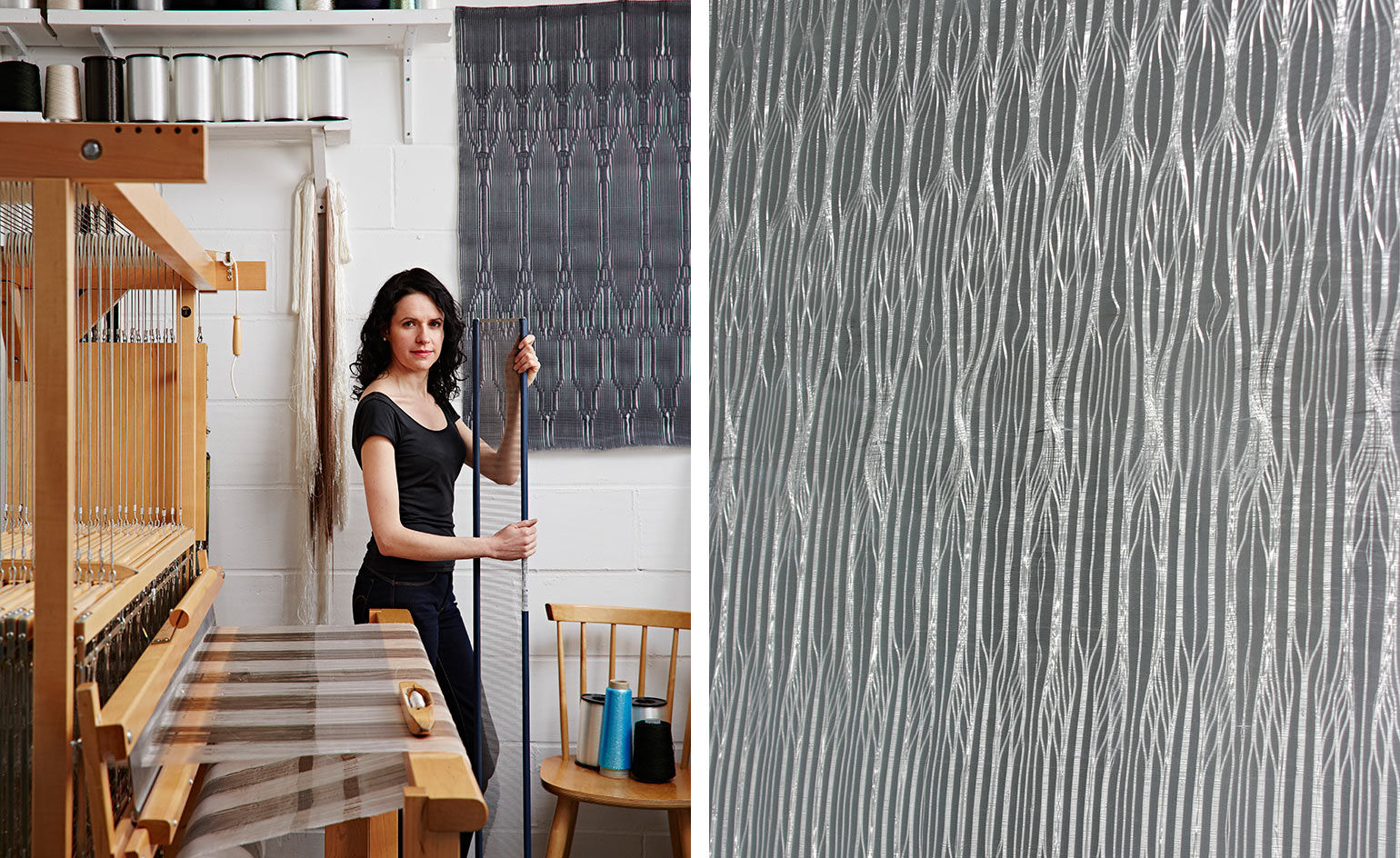
The Perrier-Jouët Arts Salon Prize exhibition is back for its fourth chapter, celebrating contemporary creators who through their work establish a bond between art and nature. In the spirit of Art Nouveau principles, the chosen winner for 2016 is Hungarian-born textile artist Rita Parniczky, whose work was chosen by a panel including inaugural winner Hitomi Hosono, art critic Peter Aspden, designer Tord Boontje and milliner Stephen Jones, among others, headed by this year’s chair, the Victoria and Albert Museum’s Jo Hooper.
Rita Parniczky: Perrier-Jouët Arts Salon Prize winner 2016
The textile artist’s works attracted the Salon’s consensus for their novel approach to art and nature, with a combination of abstract forms and precise craftsmanship that provide new abstract interpretations of the Salon’s concept. ‘Growing up in the Hungarian countryside, the flat landscapes of my region gave me unlimited views of the horizon, un-bounding my perspectives of scale,’ says Parniczky. ‘Light and shade through skeleton-like winter trees, the glare of virgin snow, and the contrast between these elements are ever present in my visual language.’
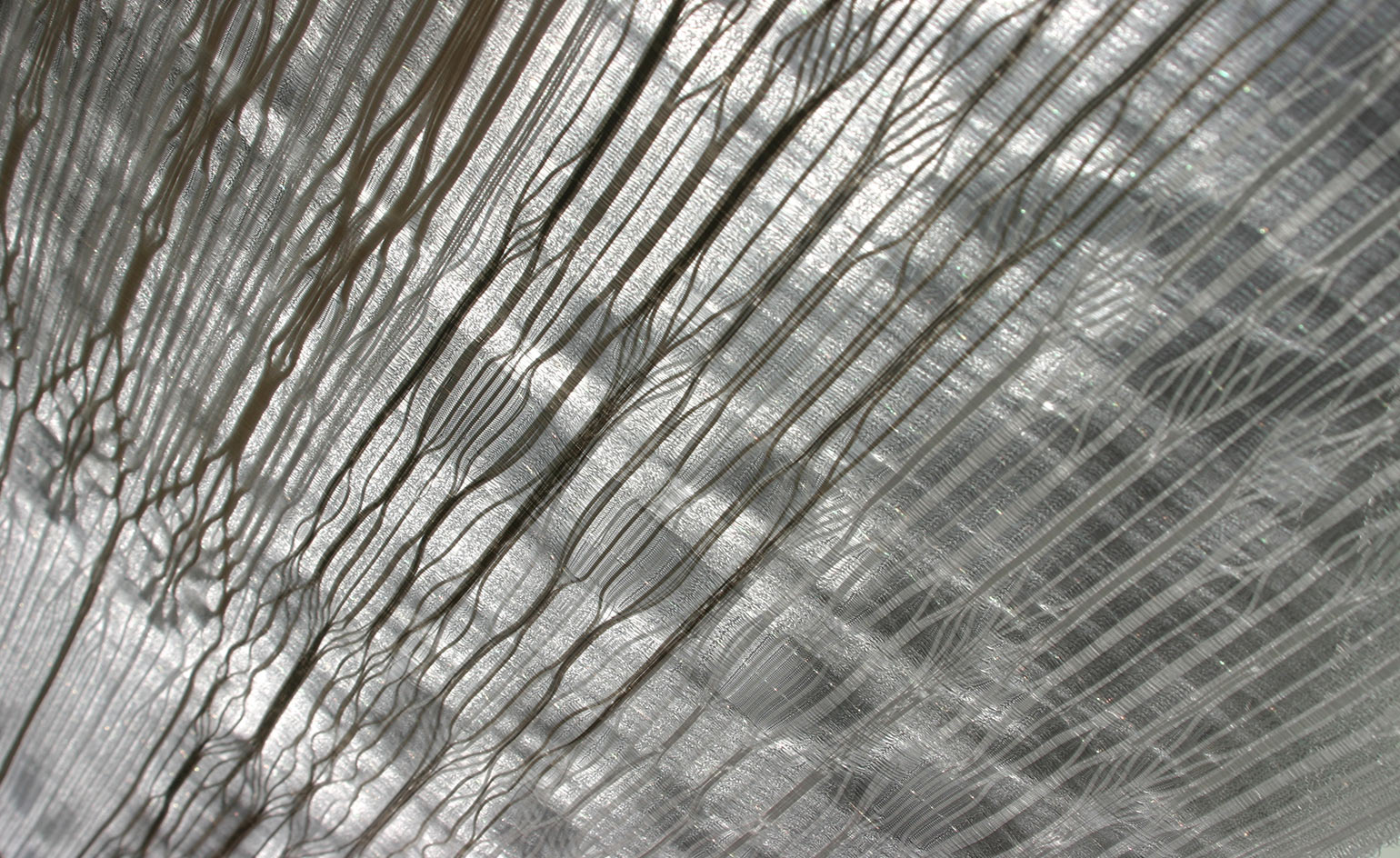
Parniczky’s work consists of hand-woven textiles, which she creates using transparent nylon monofilament mixed with iridescent threads and natural threads such as cotton and rayon. The artist’s textile shapes are inspired by the gothic architecture of Norwich Cathedral as well as anatomy and the human body. ’I see the bone structure of the body like an architectural structure,’ says Parniczky, ‘and I brought them into my world by developing this weave technique further.’
The human body is a strong reference in her work, with vertical shapes inspired by the skeleton, blood vessels and the nervous system. These elements are abstracted and recreated in extraordinary textile panels, and converse with light thanks to the transparency behind her technique. ‘I find this aspect of my work very interesting; the fact that it’s changing all the time as light is changing. Natural circumstances and the environment have quite an impact on the pieces, there is a kind of performance with the work and natural light.’
Meditative and quietly innovative, her work is an inspiring combination of nature, traditional craft and a contemporary approach to art. ‘This award is about the beauty in everyday life,’ explains Axelle De Buffevent, style director at Perrier-Jouët. ‘Rita does it in an amazing way. It’s also about awarding the beauty of making, and the beauty of making in a very contemporary way – we are not nostalgic, not looking back, we have a very strong heritage we want to keep alive in a contemporary way.’
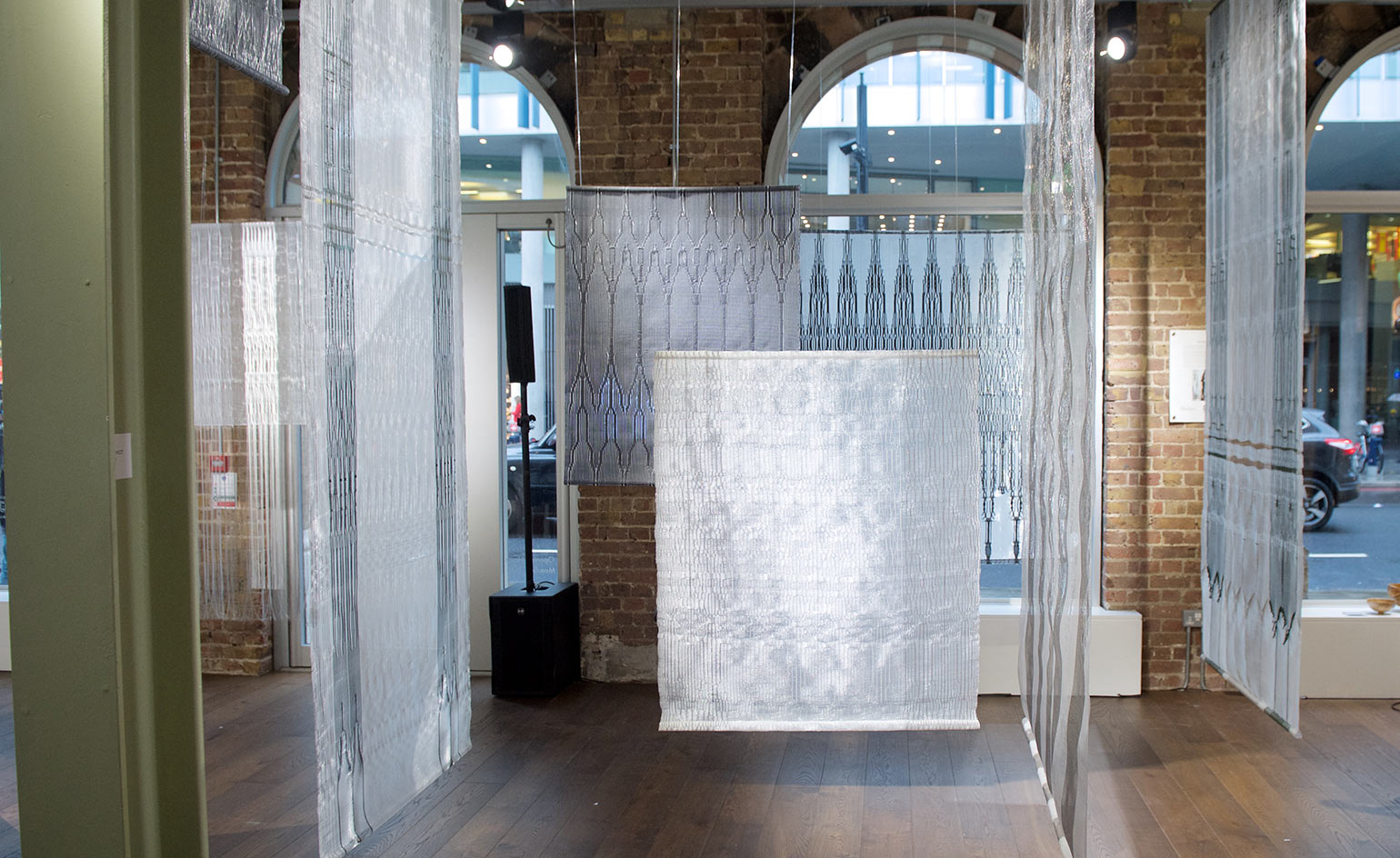
Parniczky’s work is on show at Contemporary Applied Arts in July 2016, in a display curated by Perrier-Jouët Arts Salon member Julia Royse
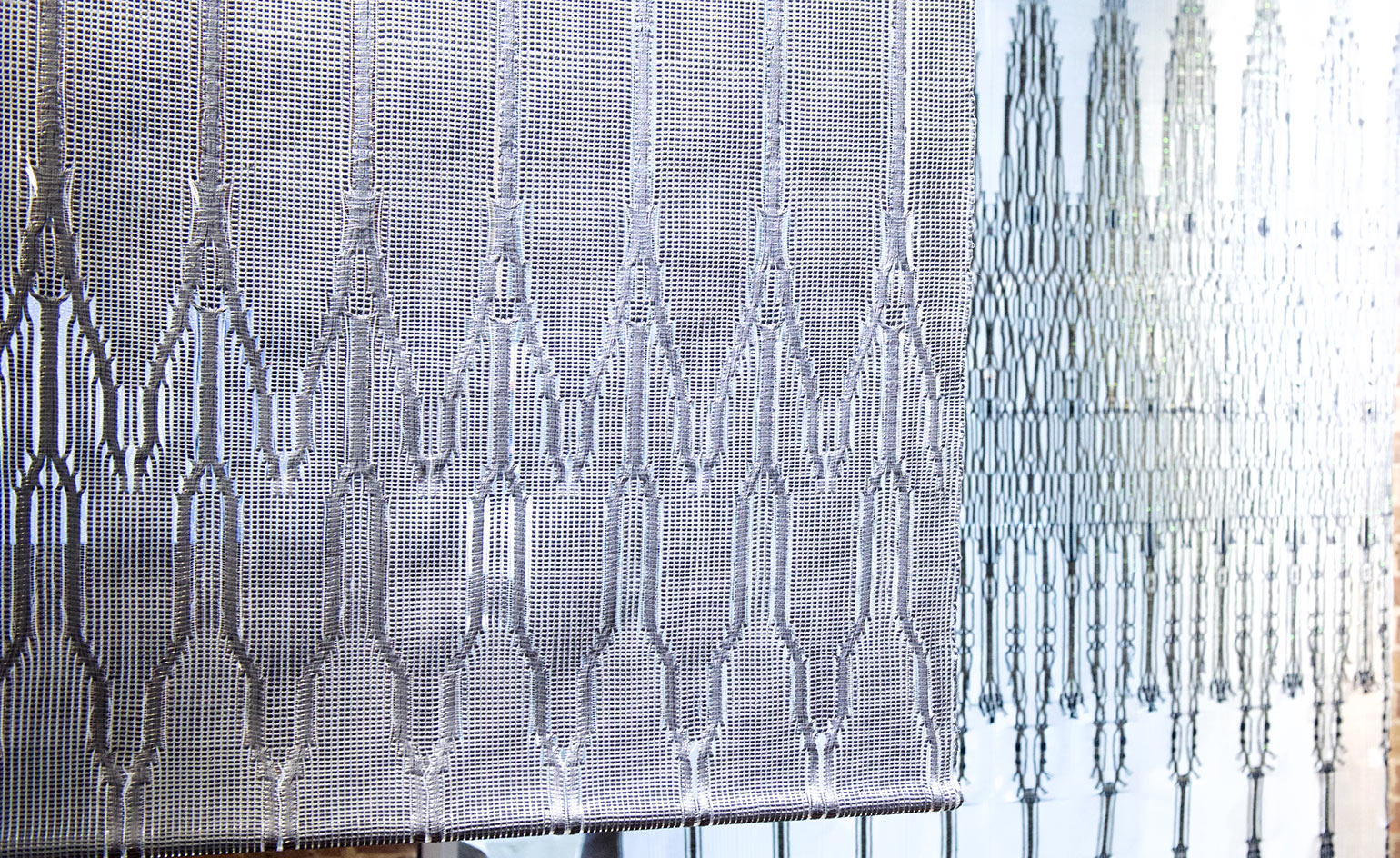
‘Growing up in the Hungarian countryside, the flat landscapes of my region gave me unlimited views of the horizon, un-bounding my perspectives of scale,’ says Parniczky. ‘Light and shade through skeleton-like winter trees, the glare of virgin snow, and the contrast between these elements are ever present in my visual language’

The exhibition includes a series of textiles as well as photographic prints that the artist produced while studying textile design at Central Saint Martins
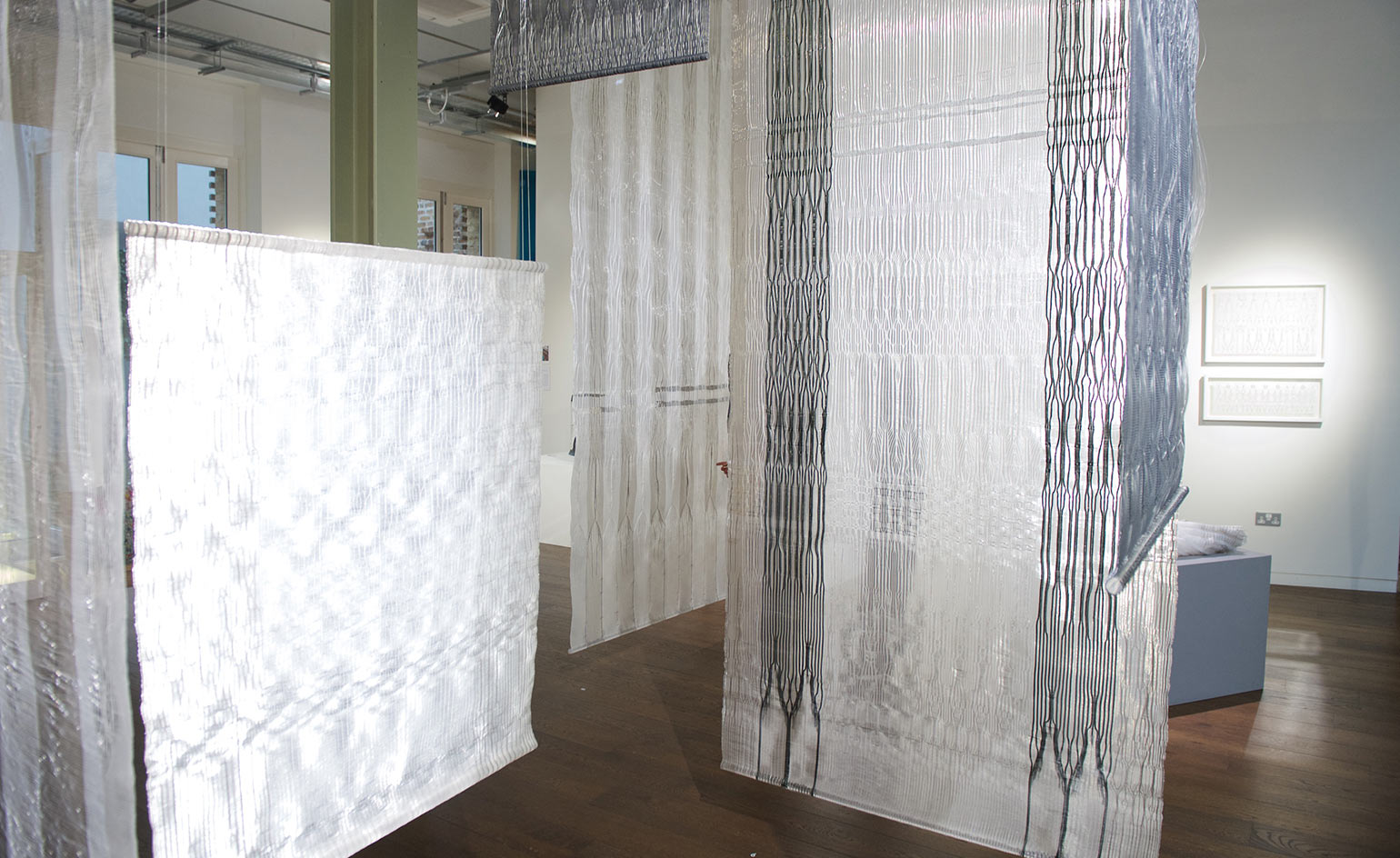
Parniczky’s work consists of hand-woven tapestries, which she creates on a manual loom using transparent nylon yarns mixed with iridescent filament and natural threads such as cotton and rayon
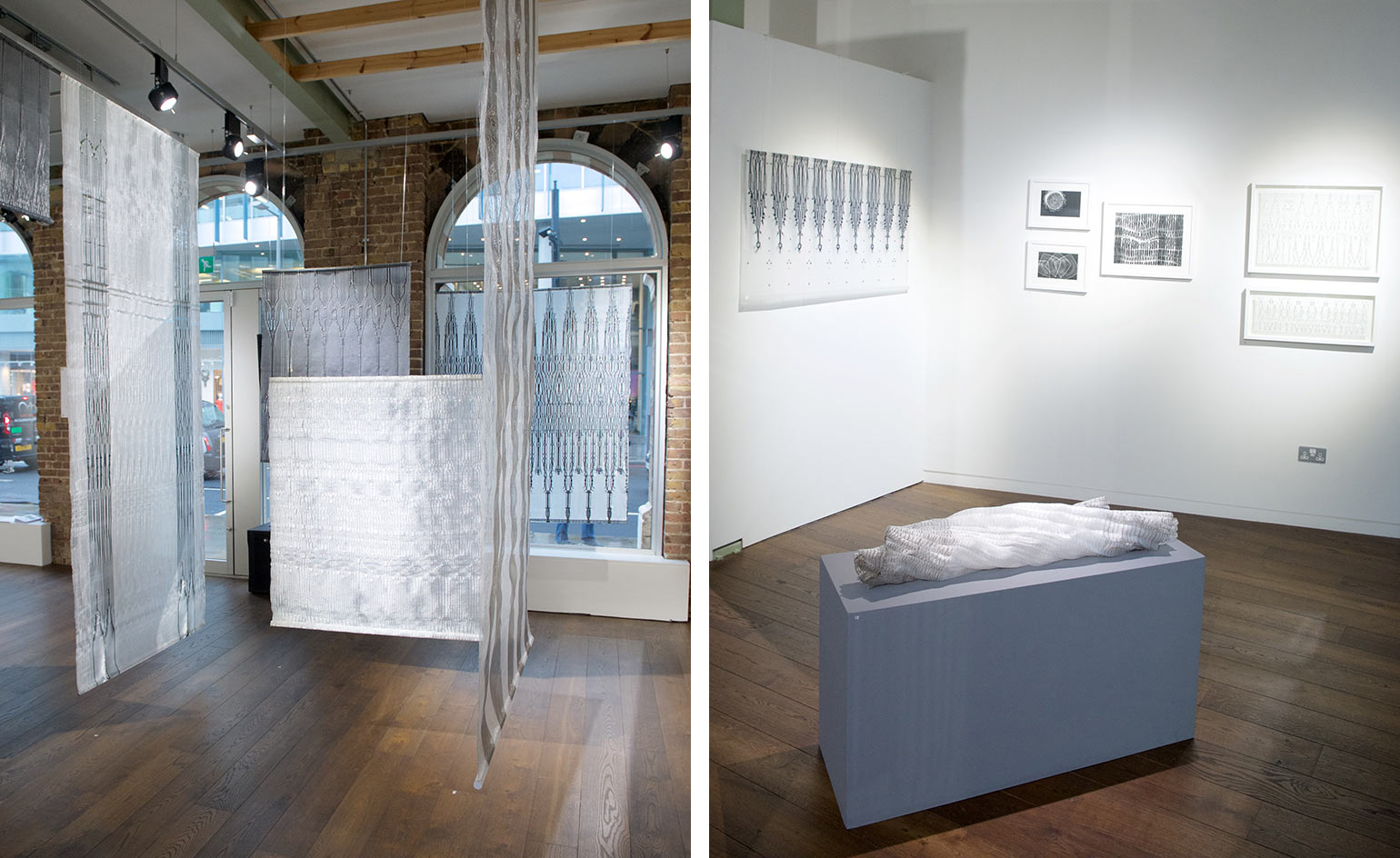
The artist’s textile shapes are inspired by the gothic architecture of Norwich Cathedral as well as anatomy and the human body: ‘I see the bone structure of the body like an architectural structure,’ says Parniczky
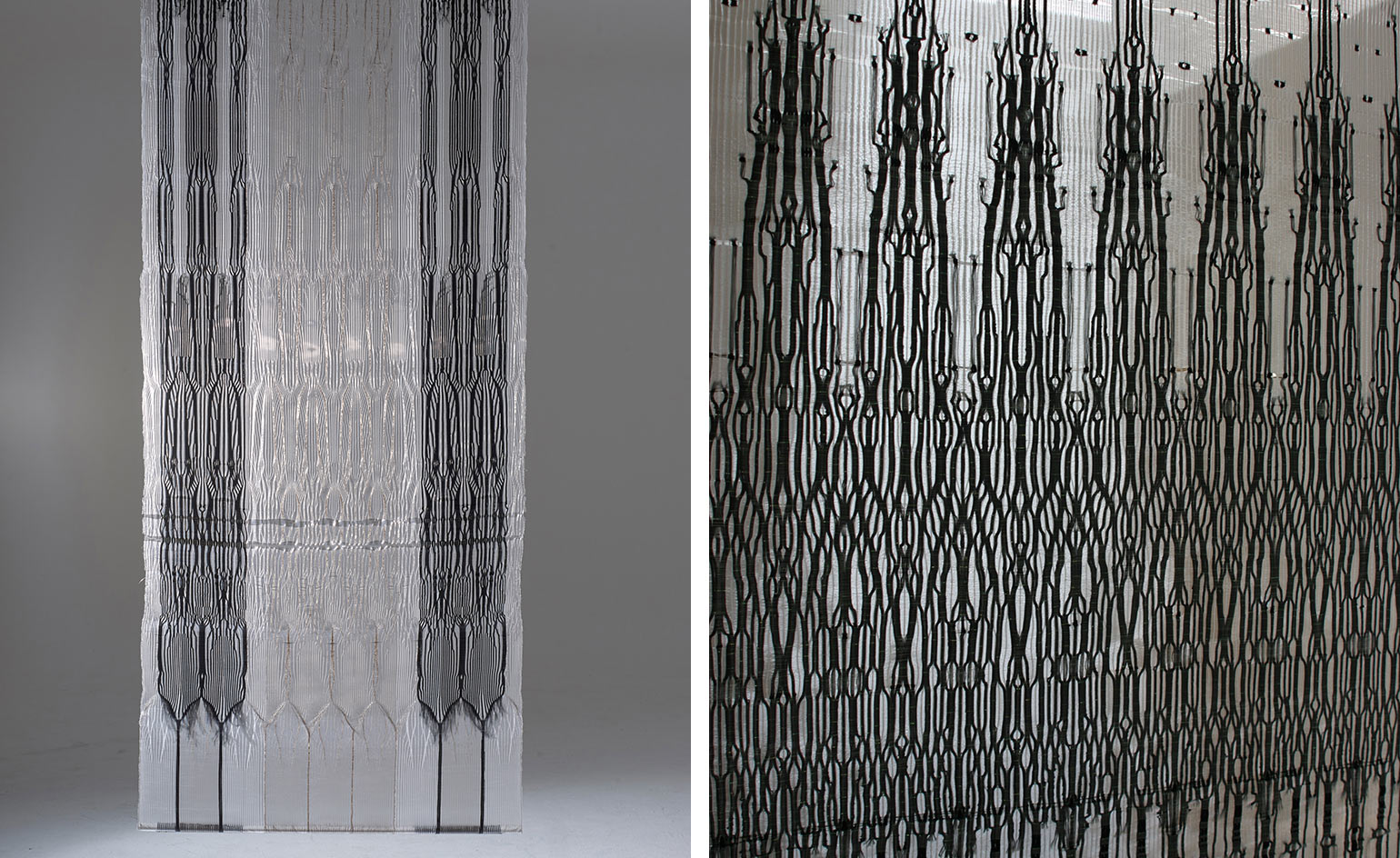
Organic inspirations are abstracted and recreated in her extraordinary textile panels, conversing with light thanks to the transparency behind her technique. ‘I find this aspect in my work very interesting; the fact that it’s changing all the time as light is changing,’ she says
INFORMATION
ADDRESS
Contemporary Applied Arts
89 Southwark Street
London, SE1 0HX
Receive our daily digest of inspiration, escapism and design stories from around the world direct to your inbox.
Rosa Bertoli was born in Udine, Italy, and now lives in London. Since 2014, she has been the Design Editor of Wallpaper*, where she oversees design content for the print and online editions, as well as special editorial projects. Through her role at Wallpaper*, she has written extensively about all areas of design. Rosa has been speaker and moderator for various design talks and conferences including London Craft Week, Maison & Objet, The Italian Cultural Institute (London), Clippings, Zaha Hadid Design, Kartell and Frieze Art Fair. Rosa has been on judging panels for the Chart Architecture Award, the Dutch Design Awards and the DesignGuild Marks. She has written for numerous English and Italian language publications, and worked as a content and communication consultant for fashion and design brands.
-
 The Bombardier Global 8000 flies faster and higher to make the most of your time in the air
The Bombardier Global 8000 flies faster and higher to make the most of your time in the airA wellness machine with wings: Bombardier’s new Global 8000 isn’t quite a spa in the sky, but the Canadian manufacturer reckons its flagship business jet will give your health a boost
-
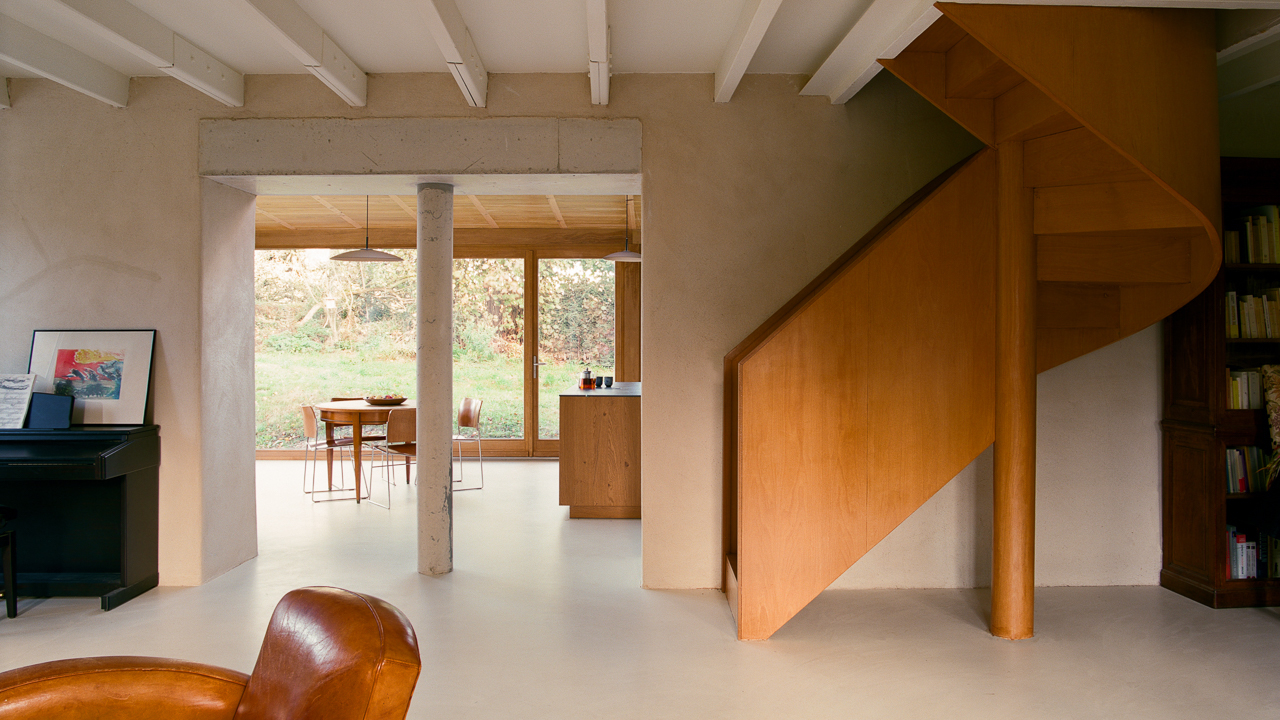 A former fisherman’s cottage in Brittany is transformed by a new timber extension
A former fisherman’s cottage in Brittany is transformed by a new timber extensionParis-based architects A-platz have woven new elements into the stone fabric of this traditional Breton cottage
-
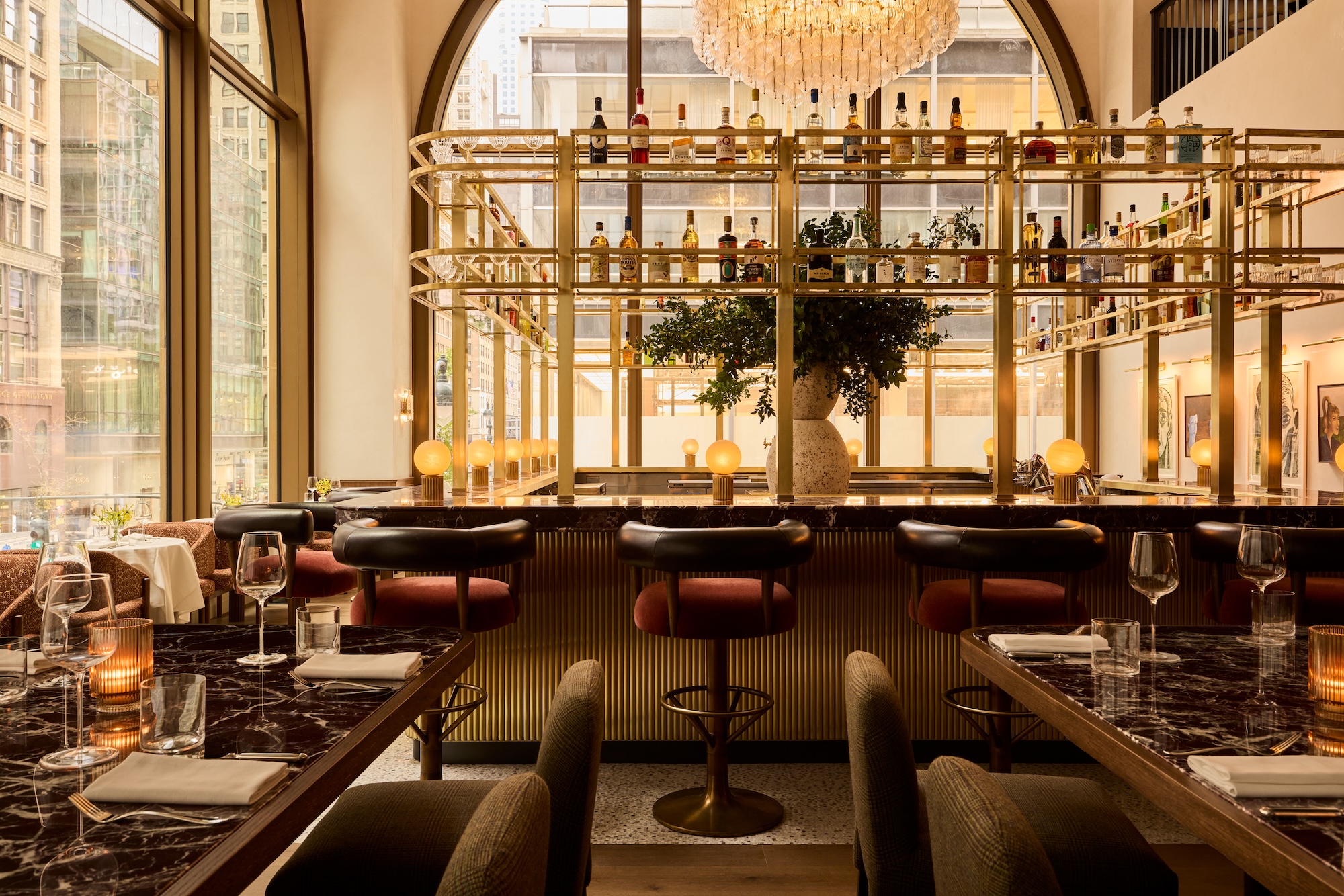 New York's members-only boom shows no sign of stopping – and it's about to get even more niche
New York's members-only boom shows no sign of stopping – and it's about to get even more nicheFrom bathing clubs to listening bars, gatekeeping is back in a big way. Here's what's driving the wave of exclusivity
-
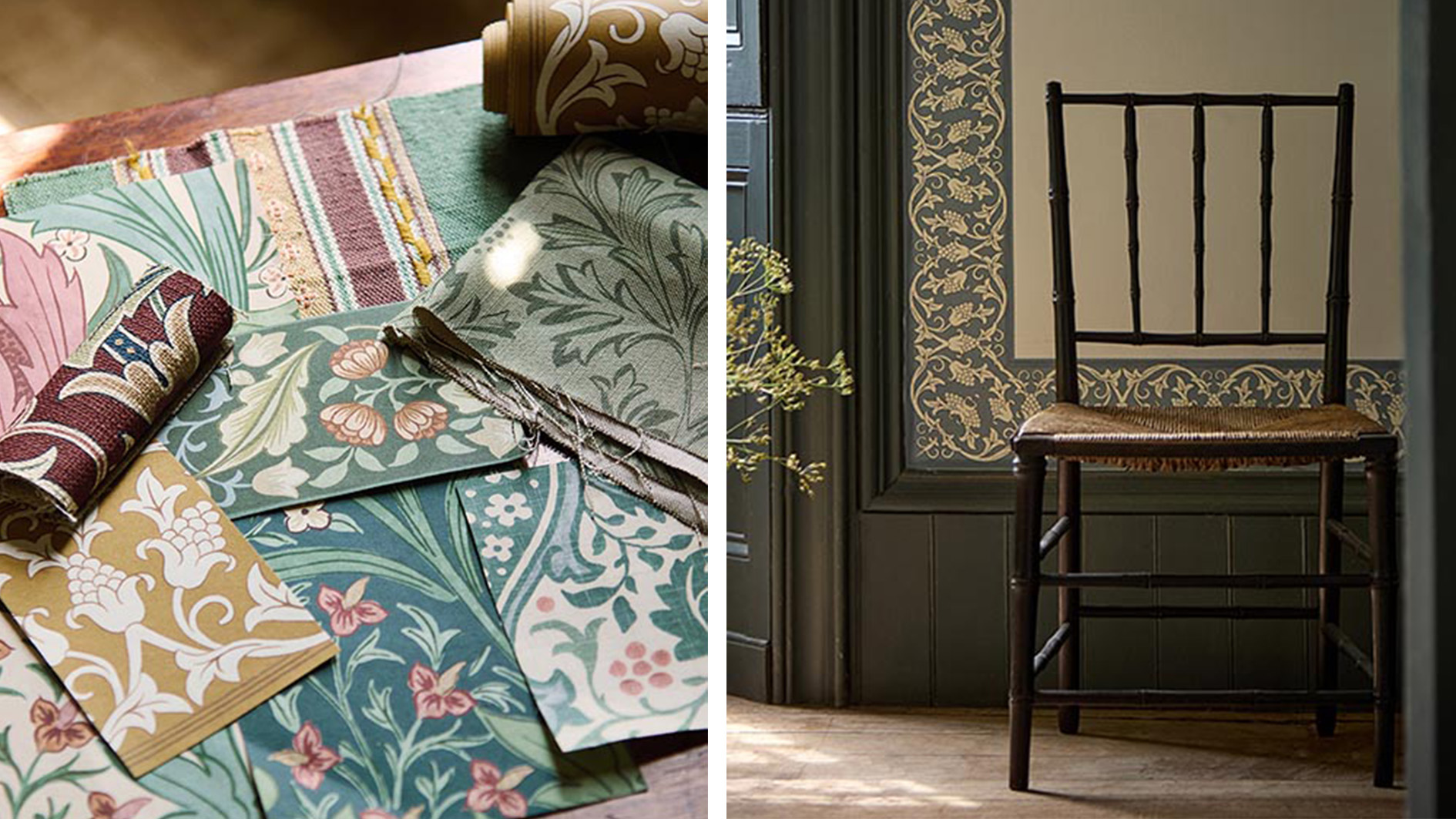 Lost William Morris designs are being revived and completed for a new collection
Lost William Morris designs are being revived and completed for a new collectionWhen The Huntington in California discovered incomplete William Morris designs in its archive, the museum partnered with Morris & Co. to bring the them to life in 'The Unfinished Works'
-
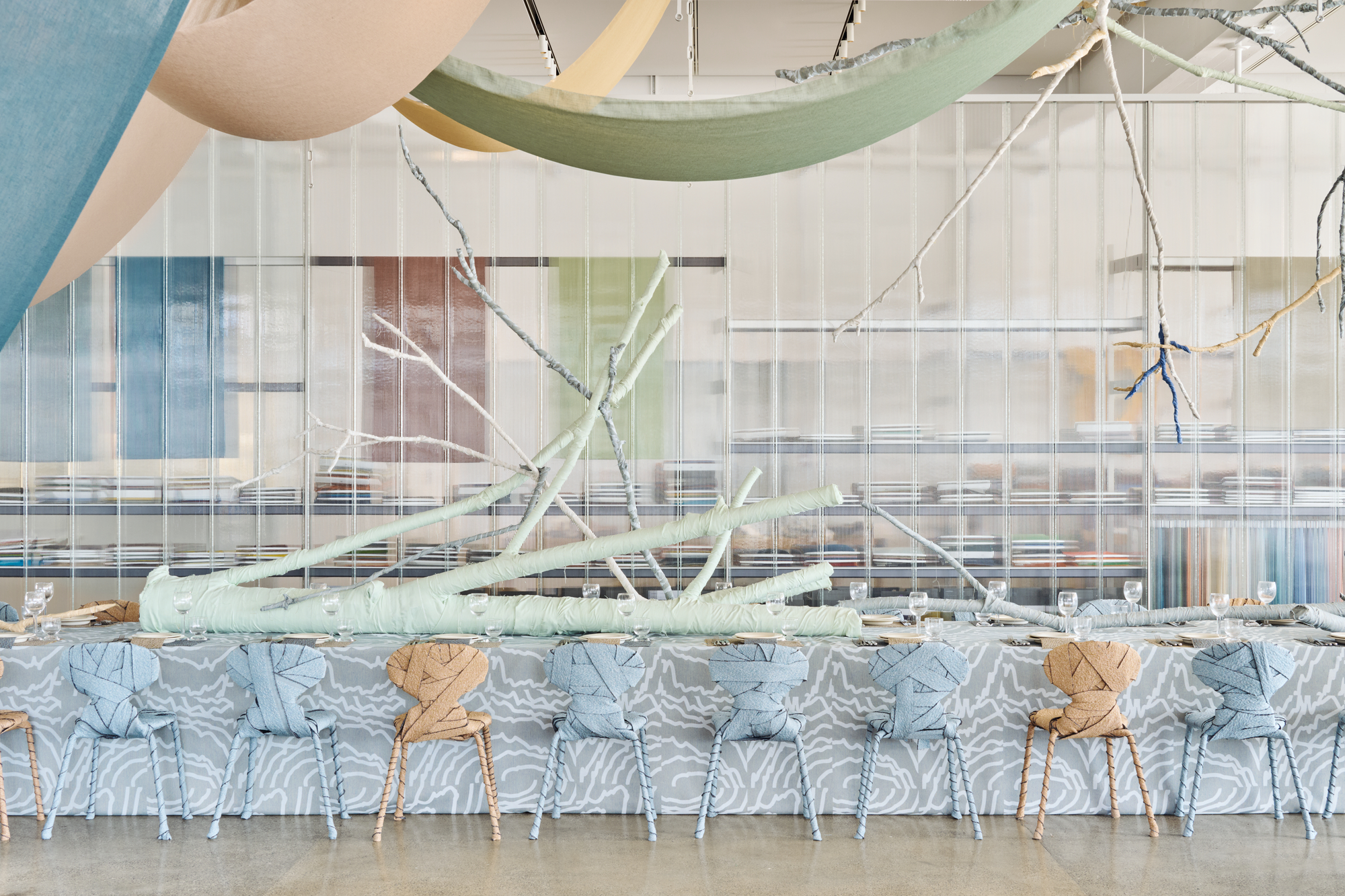 Patricia Urquiola’s immersive Kvadrat textile forest is inspired by the Nordic landscape
Patricia Urquiola’s immersive Kvadrat textile forest is inspired by the Nordic landscapeDuring Chart 2025, Patricia Urquiola and Danish designers Tableau team up to present a textile installation showcasing Kvadrat’s nature-inspired new collection
-
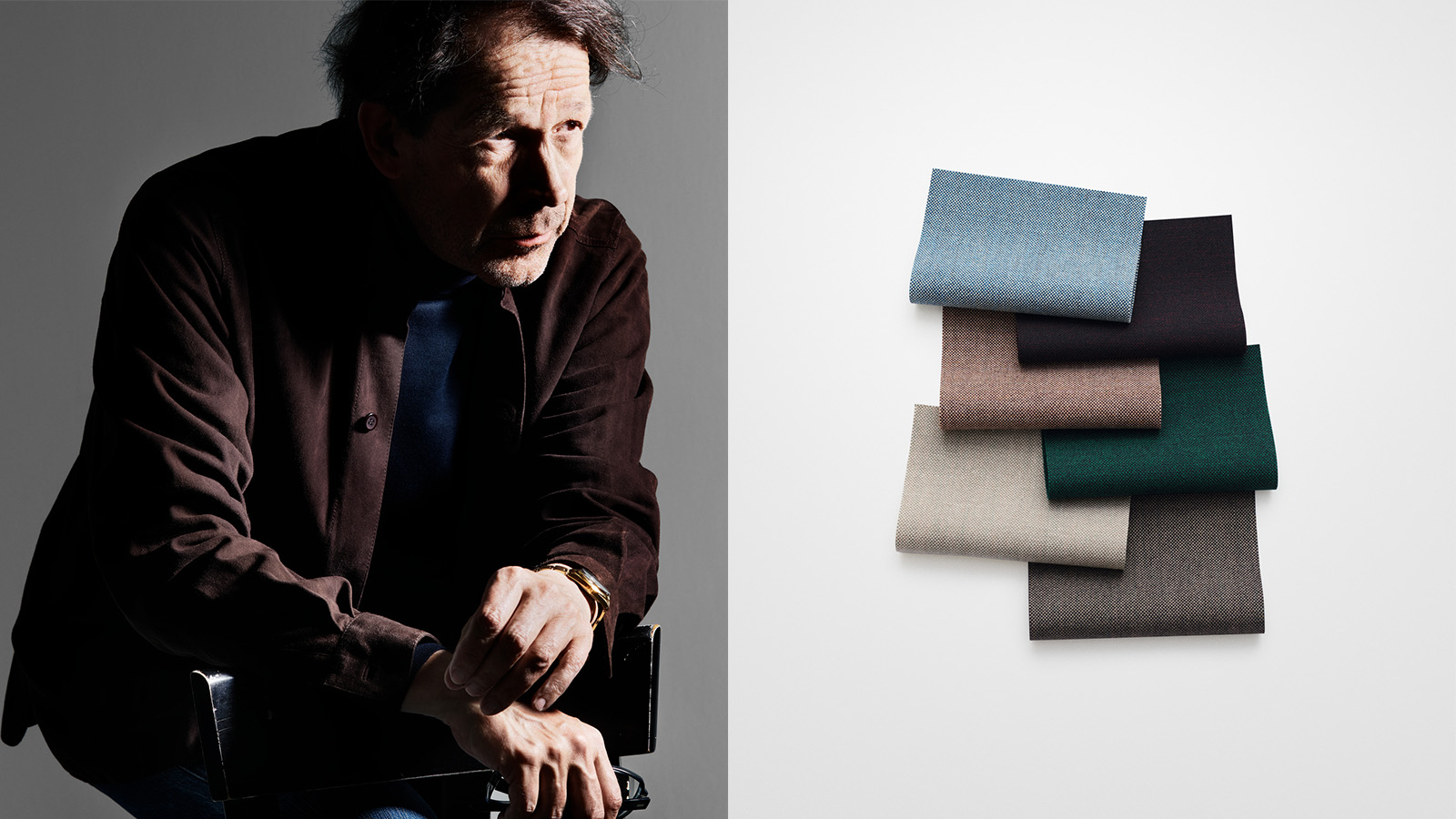 Kvadrat’s new ‘holy grail’ product by Peter Saville is inspired by spray-painted sheep
Kvadrat’s new ‘holy grail’ product by Peter Saville is inspired by spray-painted sheepThe new ‘Technicolour’ textile range celebrates Britain's craftsmanship, colourful sheep, and drizzly weather – and its designer would love it on a sofa
-
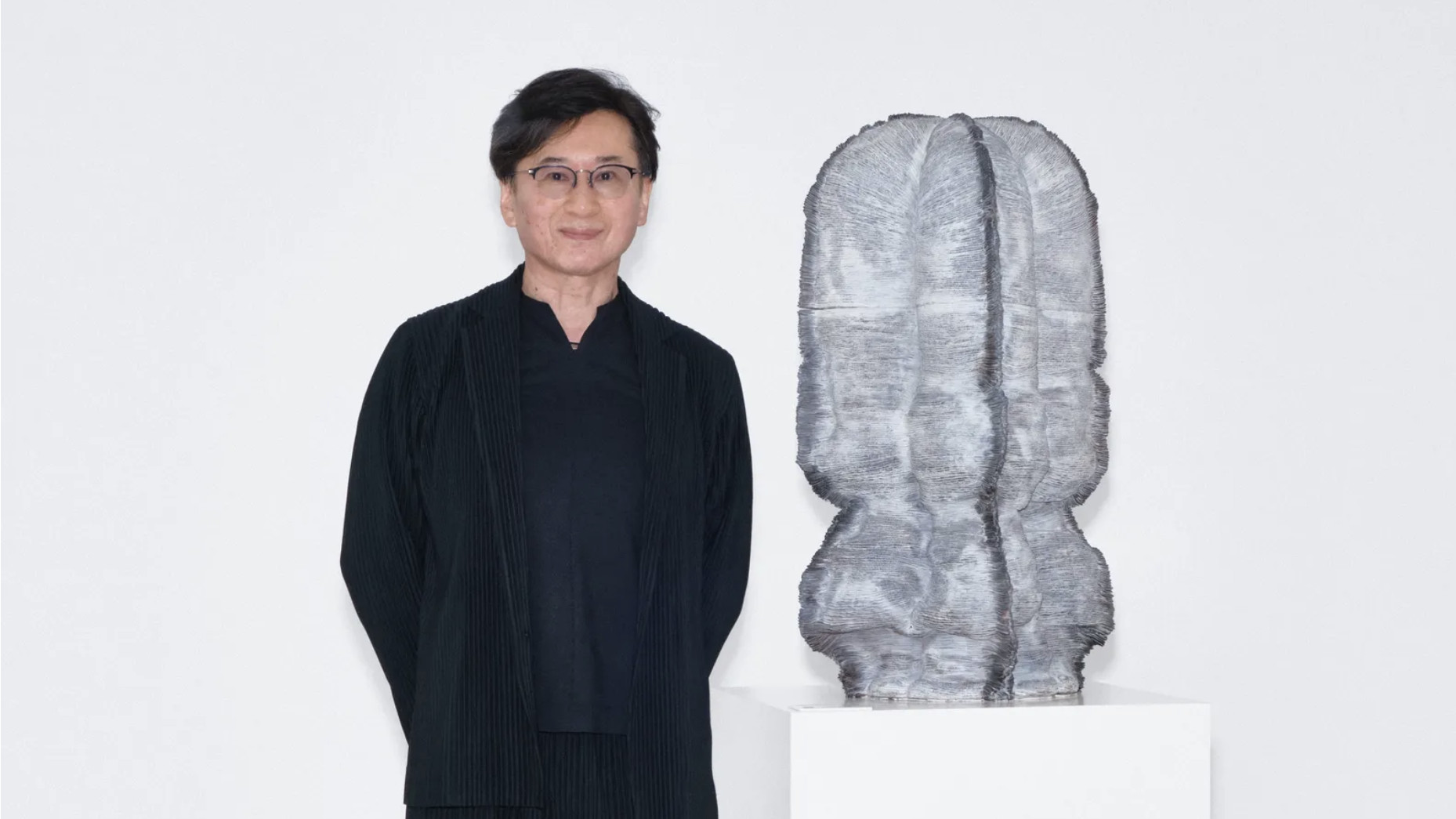 2025 Loewe Foundation Craft Prize winner announced as Kunimasa Aoki
2025 Loewe Foundation Craft Prize winner announced as Kunimasa AokiThe Japanese sculptor describes his work as ‘50 per cent tradition and 50 per cent innovation’
-
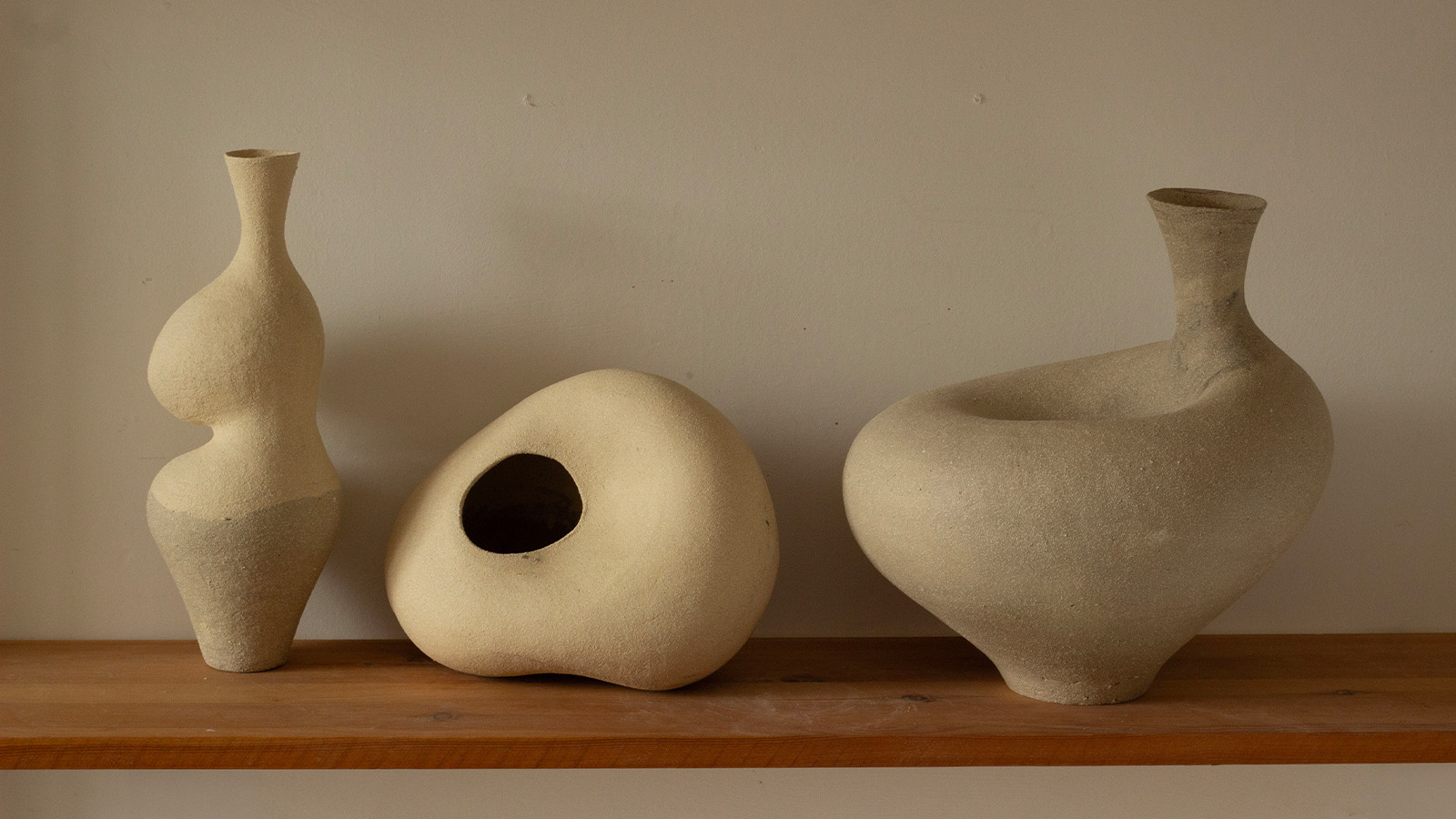 London Craft Week 2025 highlights – what to see this weekend
London Craft Week 2025 highlights – what to see this weekendLondon Craft Week 2025 (until 18 May) brings together some 1,000 established and emerging makers. Here is everything we saw and loved so you don't miss a thing
-
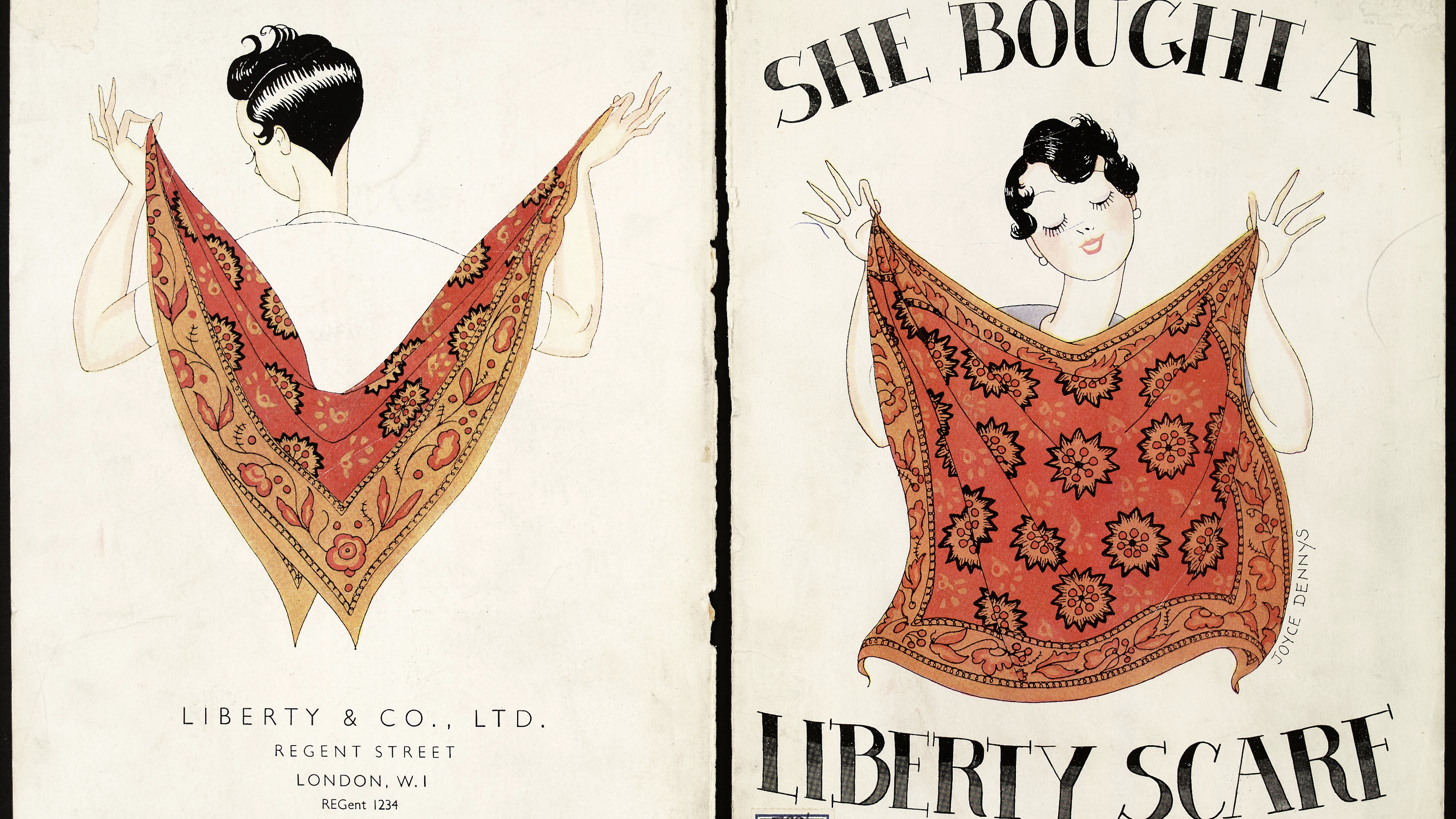 Liberty at 150: a history of the brand in 10 objects
Liberty at 150: a history of the brand in 10 objectsLiberty is marking its 150th anniversary; to celebrate, we remember products and prints that helped make the department store the cultural touchpoint it is today
-
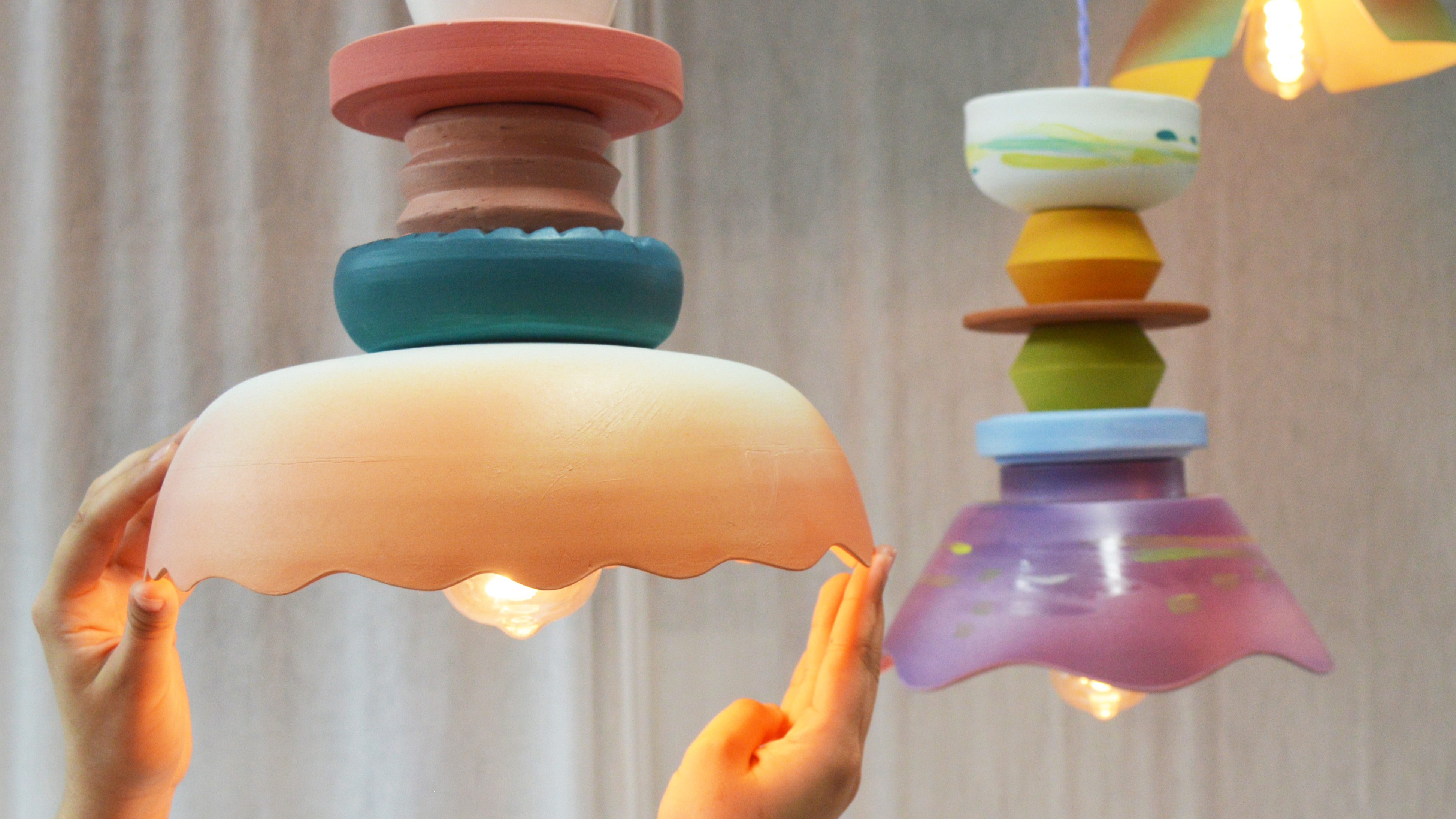 What to see at London Craft Week 2025
What to see at London Craft Week 2025With London Craft Week just around the corner, Wallpaper* rounds up the must-see moments from this year’s programme
-
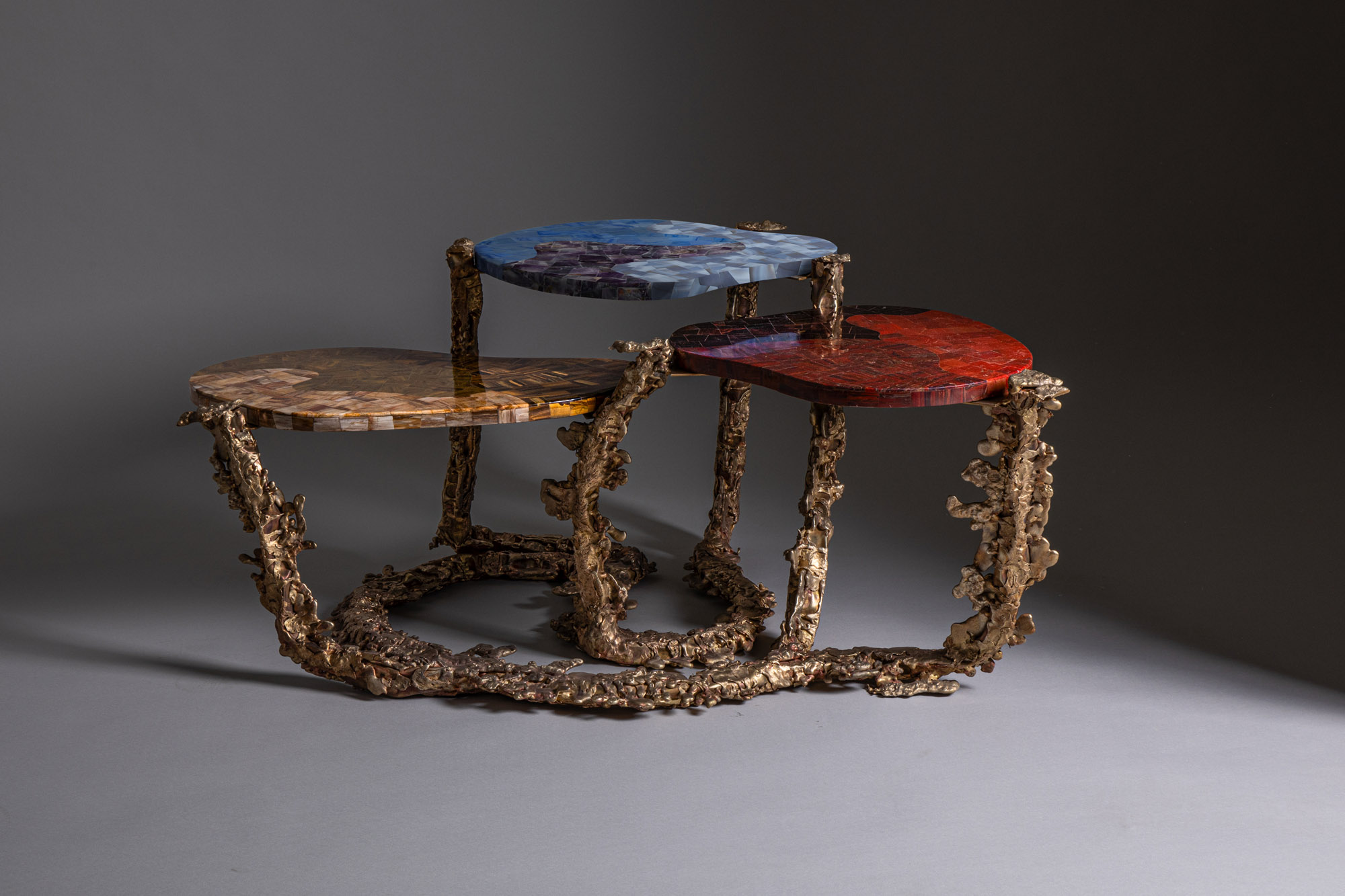 Inside the Shakti Design Residency, taking Indian craftsmanship to Alcova 2025
Inside the Shakti Design Residency, taking Indian craftsmanship to Alcova 2025The new initiative pairs emerging talents with some of India’s most prestigious ateliers, resulting in intricately crafted designs, as seen at Alcova 2025 in Milan